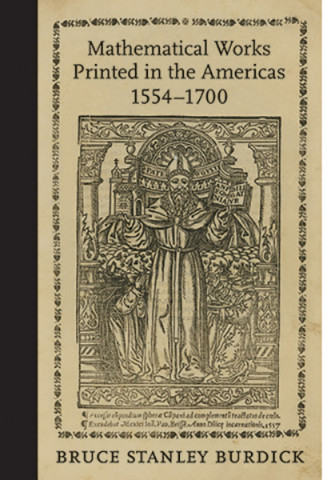
Reviews
This book is a very important contribution to the history of mathematics. The author deserves compliments for his efforts and expertise. The book also demonstrates the knowledge and wisdom of ancient Indian mathematicians and their mathematical skills. There is an urgent need to preserve original manuscripts in Sanskrit. The reviewer strongly recommends Knudsen's book to all those who are interested in the history of astronomy and mathematics.
This is a scholarly yet readily readable work of great merit... In this text the multi-layered complexities have been superbly unpicked with the author's crystal clear writing giving interpretations in a rigorous yet accessible style. The original poetry is often crafted by the translator into a pleasing English verse... This is a fascinating a well written scholarly text which acts as a welcome reminder that the Indian astronomical tradition is of great mathematical value independent of its parallel applications in Indian astrology.
Opens new doors of research, understanding and challenges for the scholarly community.
... this is an admirable piece of work and a very welcome addition to the English-language literature on Indian astral sciences.
The book is an important contribution to a long scholarly tradition, and the author's effort and expertise are both first-rate. Translation and commentary projects like this one are the indispensable contributions that most influence and enable future progress in better understanding this ancient history and culture.
Book Details
List of Figures
List of Tables
Preface
Introduction
I. 1. Life and times of Jnanaraja
I.1.1. Brief overview of the Siddhantasundara
I.1.2. Sources on Jnanaraja's date and location
I.1.3. The date of
List of Figures
List of Tables
Preface
Introduction
I. 1. Life and times of Jnanaraja
I.1.1. Brief overview of the Siddhantasundara
I.1.2. Sources on Jnanaraja's date and location
I.1.3. The date of Jnanaraja
I.1.4. Jnanaraja's family
I.1.5. Parthapura, Jnanaraja's native town
I.1.6. The works of Jnanaraja
I.2. The Siddhantasundara
I.2.1. Indian astronomy
I.2.2. Structure of the Siddhantasundara
I.2.3. Jnanaraja's sources
I.2.4. Special features of the Siddhantasundara
I.2.5. Importance of the Siddhantasundara
I.3. Textual basis of this translation
1. Chapter on Cosmology
Section 1
Lexicon of the Worlds
2. Chapter on Cosmology
Section 2
Rationale of Planetary Motion
3. Chapter on Cosmology
Section 3
Method of Projections
4. Chapter on Cosmology
Section 4
Description of the Great Circles
5. Chapter on Cosmology
Section 5
Astronomical Instruments
6. Chapter on Cosmology
Section 6
Description of the Seasons
7. Chapter on Mathematical Astronomy
Section 1
Mean Motion
8. Chapter on Mathematical Astronomy
Section 2
True Motion
9. Chapter on Mathematical Astronomy
Section 3
Three Questions (on Diurnal Motion)
10. Chapter on Mathematical Astronomy
Section 4
Occurrence of Eclipses
11. Chapter on Mathematical Astronomy
Section 5
Lunar Eclipses
12. Chapter on Mathematical Astronomy
Section 6
Solar Eclipses
13. Chapter on Mathematical Astronomy
Section 7
Rising and Setting of Planets
14. Chapter on Mathematical Astronomy
Section 8
Shadows of Stars, Constellations, Polestars, and So On
15. Chapter on Mathematical Astronomy
Section 9
Elevation of the Moon's Horns
16. Chapter on Mathematical Astronomy
Section 10
Conjunctions of Planets
17. Chapter on Mathematical Astronomy
Section 11
Occurrence of Patas
References
Index





